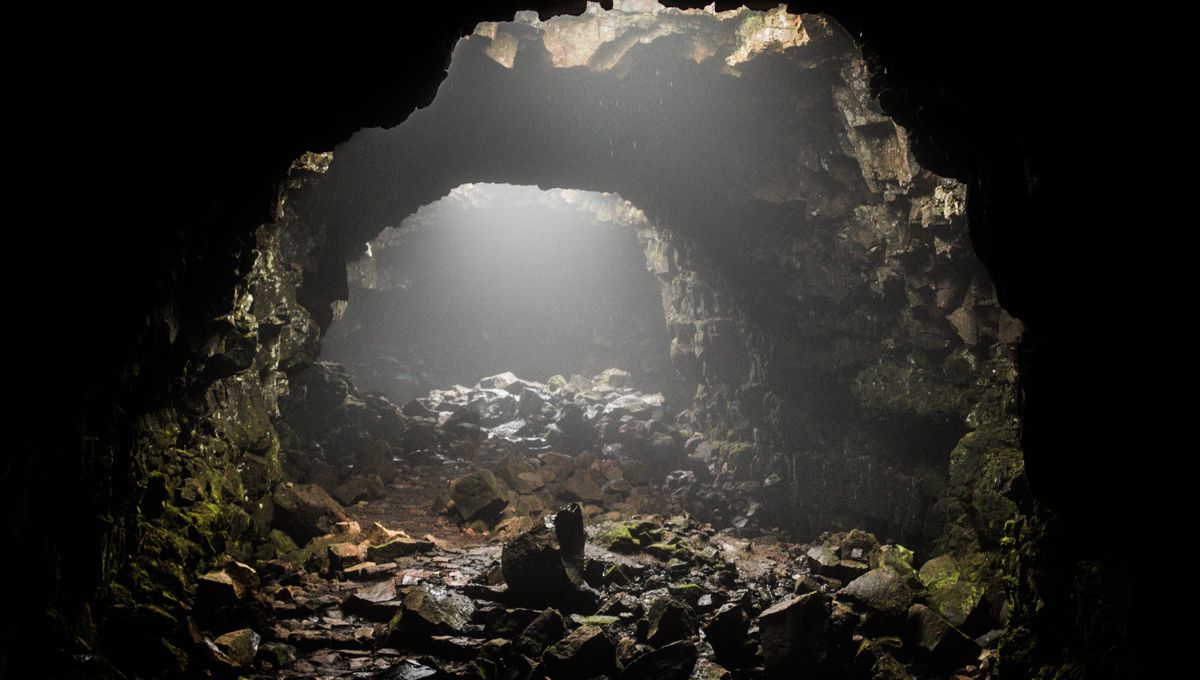
You wouldn’t be alone if you hadn’t heard of a lava tube, but it turns out there’s actually quite a lot of them – so what exactly are they? And if human curiosity is getting the better of you, but you’re a bit worried about, y’know, molten lava, don’t worry: it’s long gone.
What are lava tubes?
Lava tubes are a type of natural cave, and arguably, the most badass type. That’s because they were formed by volcanic eruptions. As lava flows above the surface, its edges begin to cool and harden and eventually, this forms a crust across the molten rock below it – this will go on to form the roof of the cave.
Now encapsulated, the lava gets superheated, causing it to thermally erode down into the ground below. Then, when the eruption eventually ends or the lava flows elsewhere, the resulting tube is drained, leaving behind a lava cave or tube close to the surface.
Sometimes, lava tubes can refill with fresh lava after a new eruption – this has happened in Hawai’i, which also happens to be home to Kazumuru Cave, the longest lava tube in the world. If you’re planning on visiting one, we’d like to imagine you’d probably check about any impending or recent flows (unless you happen to be trapped in a disaster movie).
Can you enter them?
Given their proximity to the surface, lava tubes actually tend to have more entrances than in other types of caves. As a result, there are a whole bunch of places across the world where you can go into lava tubes that formed thousands of years ago, including Raufarhólshellir in Iceland and on Jeju Volcanic Island in South Korea.
The United States is also home to a number of national parks with lava tubes, such as the Lava Beds National Monument and the Mojave National Preserve, both in California. The former is home to one of the more complex lava tube formations; whilst many are single tubes, the one here splits in multiple directions.
Lava tubes can also have a place in culture beyond visiting national parks. For example, Native Hawaiians have used the lava tubes on the islands for sourcing water, storing food, and sheltering from enemies and the elements. They’ve also been used in some ceremonies and burials and in these protected places, tourists aren’t allowed to enter.
If you’re planning on visiting a lava tube where you can go in, check for safety information first; some places may require you to wear particular clothing in the caves, like closed-toe footwear and helmets.
All “explainer” articles are confirmed by fact checkers to be correct at time of publishing. Text, images, and links may be edited, removed, or added to at a later date to keep information current.
Source Link: What Are Lava Tubes And Can You Enter Them?